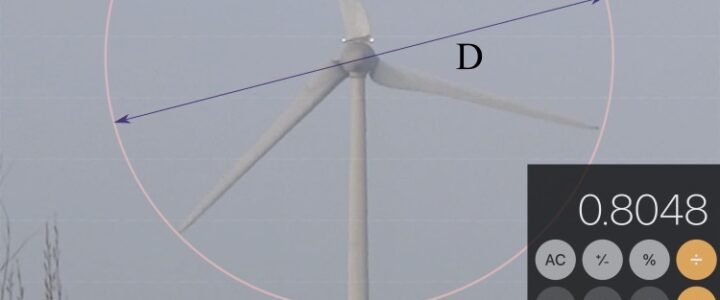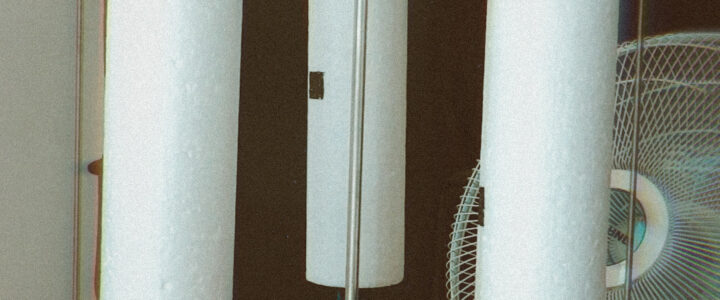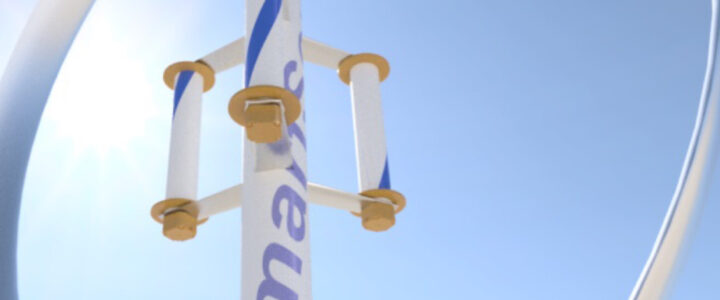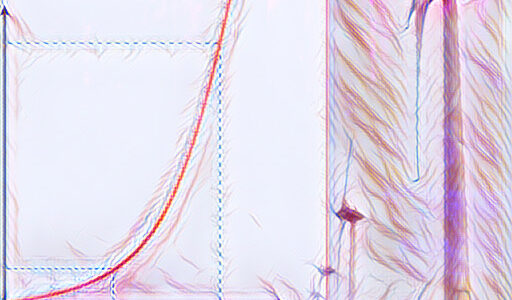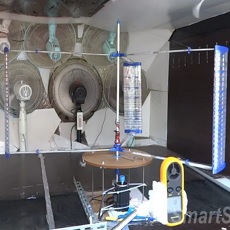This article provides the Arduino source code and usage instructions for the Magnus effect vertical axis wind turbine experimental device. Combined with the previously disclosed circuit diagram, mechanical parts list, and 3D printing STL file, this interesting experiment can be easily implemented. Anyone who is interested can download it and enjoy it ! The dynamic demonstration of this experimental device is shown in the following video:
Arduino source code for Magnus effect vertical axis wind turbine released



